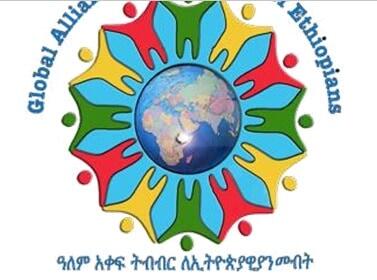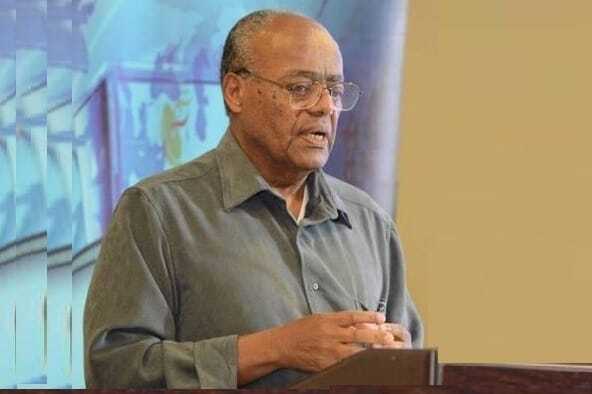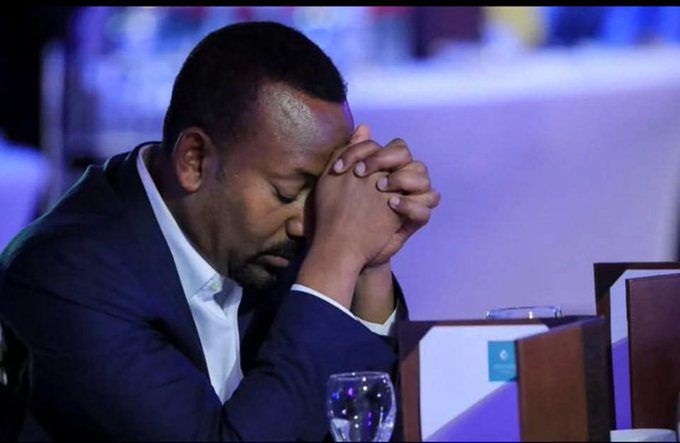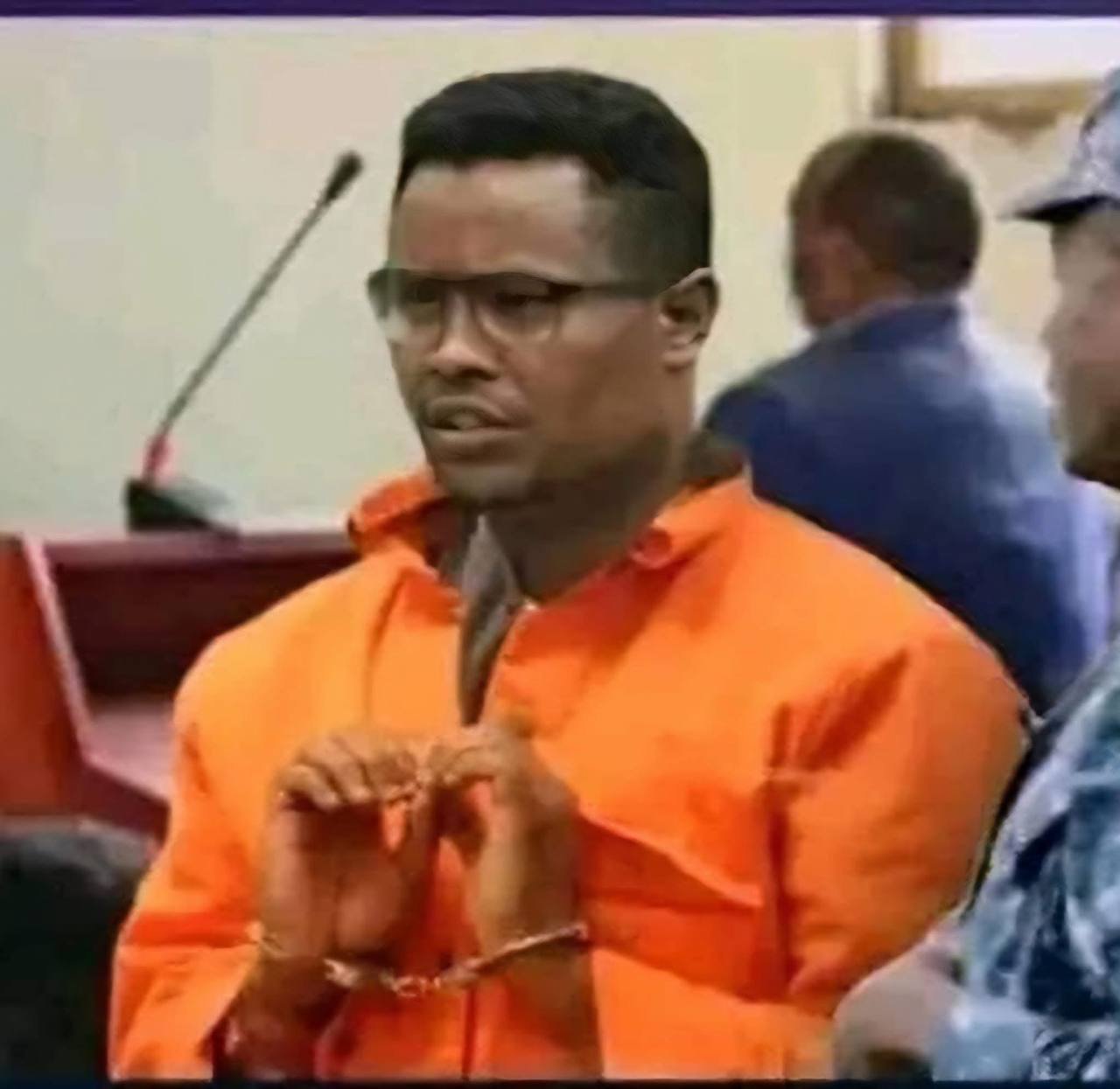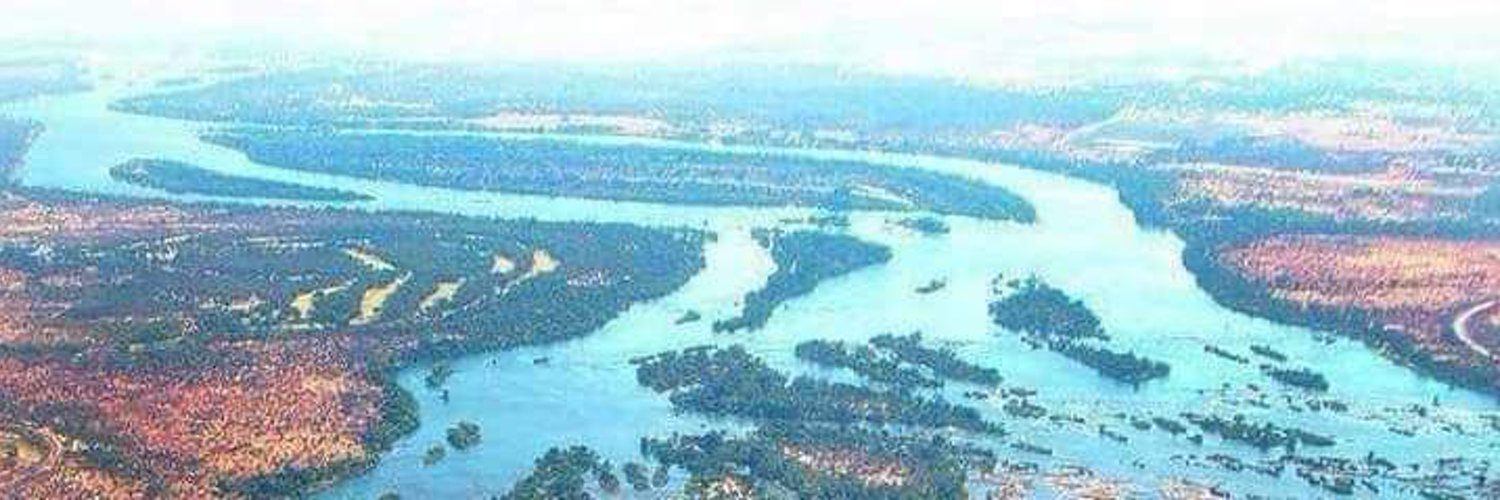By: Yohanan Yokamo (Lecturer, Hawassa University)
The Sidama People are one of the indigenous Cushitic or Kushitic language speaking Ethiopians. After EPRDF (Ethiopia People Revolutionary Democratic Front) assumed power in 1991 immediately after the transition period (between 1991-1995) the Sidama nation was granted regional self-administration for a brief period with only the Gedeo and Burji incorporated to it. However, this was only short lived when unexpectedly previously five distinct regions of the south were merged all together without consulting the Sidama nation and others concerned according to primarily a decision of the late Prime Minister Meles Zenawi. According to Lovise Aalen, the zone council pushed the quest for a separate regional status all the way to the Council of Nationalities until the late prime minster intervened.
However, the Constitution provides the right to statehood and the Sidama People, unlike other nation and nationalities in the region, has made a strong request to exercise constitutional right in democratic way.
Now it’s a critical time and the Sidama people are in the verge of writing a new chapter in their history book. In July 2018, members of the Sidama zone council approved unanimously a request by the Sidama people for regional statehood for the second time. The first one was in 2005. After brief deliberation, the SNNPRS council endorsed the decision and handed it to the National Electoral Board for referendum.
Sidama People Struggle
The widely accepted narration through stories and tales by the Sidama elders and scholars about their experience and historical memory within Ethiopia is one of repression and discrimination. Yet the Ethiopian official discourse does not address the problem save concealing it by selectively memorizing events and course of actions that justify its line of choice.
The Sidama have demanded their freedom from the very first day they fell under SNNPR and the current quest of the Sidama for a separate region is part and parcel of the Sidama people struggle for self-determination.
The memory of the May 24, 2002 Looqe massacre of Sidama citizens demonstrating against the denial of constitutional rights to regional self-administration in Loqqe village (out skirt of Sidama capital Hawassa city), by regional police and federal troops is still fresh, and nobody was ever held accountable. Since that dark day, the repression was frequent. Now, led by Baalichcha Worawo’s (Commonly, Sidama’s courageous spirits), young Sidaanchoos and freedom fighters like ‘Ejjeetto group, in Sidaamu Affo Language’ led by personalities selected from Sidama people at different level are still at struggle even as we speak.
In the letter dated 08/11/97 members of the Sidama Zonal Counicil combined history, geography and injustice against the Sidama and formally requested for statehood in 2005. Due to polical intervention, referendum has not taken place. Still people from all segments of Sidama society are demanding these denied rights. The EPDRF government, disregarding the provision of these rights in its constitution articles 39 and 47, has suppressed the Sidama nation and continually to ignore its people when they raise these legal and legitimate questions. Sometime also the regime tries to hoodwink the Sidama people by installing handpicked Sidama cadres to do its dirty work at regional and zone levels. For instance, there is a reasonable suspicion that in order to divert attention of the Sidama people from asking statehood request, the ruling party of SNNPRS (SPDM) recruited personnel’s have been working to divide Sidama activists and clan leaders to fight one another and furthermore some even claim that these persons ever have been working to create a conflict between the Sidama people and the surrounding Oromia people.
To this end, the Constitution of the Federal Democratic Republic of Ethiopia (FDRE) that is currently at work clearly specifies that all nations, nationalities and peoples enjoy recognition and equal legal protection including the freedom to develop and preserve their identity and enhance the unabridged use and enrichment of their cultures and languages. (Art. 39 of the Constitution) In this regard, what the Sidama People requires is consistent with the Constitution, and is to make economic progress and develop its culture.
Once the decision is obtained from the election board, a referendum shall be organized within a year. (Article 39 & 47 of the Constitution) If the referendum confirms the demand for separate statehood, which is the most likely outcome, then Sidama automatically becomes the 10th State constituting the Ethiopian Federation, thereby injecting an informal amendment to, at least, Article 47 of the constitution.
There are those who are deriding, mocking, or otherwise undermining this decision today. But the Sidama people are not demanding anything outside of their own legitimate rights. The recent conflict between the Wolayita and the Sidama was a sad incident and caused destructive consequences form both groups. Apart from this incident, the Sidama have been accommodating the Wolayta and other ethnic groups peacefully, although there are concerns that especially some Wolayta are conspiring against the statehood request. Such concerns are somehow reasonable to consider that many Wolayta politician, activist and scholars used to defend and made critique against the Sidama’s statehood request.
Next steps and Further Tasks Required
While the process granting is going on, the Sidama People may do well to:
- Start good negotiations about shared immovable property (office buildings) with SNNPR region and also especially the manner, duration, and terms of cohabitation of SNNPRS, at least temporarily, as a boundary of Sidama National Regional State and properly divide the shared immovable properties of SNNPRS situated in Sidama’s Zone capital city, Hawassa.
- The modes of protection to be accorded to minorities, i.e., non-Sidamas, residing in the region. In order to address the issue of minority and adjust adequate guarantees to the rights of their intra-unit minorities, the Sidama people has to carefully study the history, socio-economic, demographic and political position of Sidama Zone and its capital, Hawassa city and other citizens living in Sidama National Regional State.
- Draft, adopts, and enacts its constitution;
- Constitute its government institutions and structure, and assign officials as appropriate accordingly.
It is hoped that the recent Sidama decision today will open up a new chapter in the development of the country’s constitutional processes and the jurisprudence thereof. The youth can also best promote the image of Sidama nation and appeal its concern to the international and national bodies.
Although the Sidama youth and freedom fighters experienced repeated setbacks whilst doing so, during their pursuit of justice for their own nation, to date they aren’t in agreement with the decisions of those who are in power. These Sidama Ejeetto’s rather keeps pushing for better governance, justice and rule of law in Sidama land and beyond. The Sidama youth and freedom fighters keep pushing for the constitutional rights to be fully materialized as per constitution of the country until the Sidama is in position to manage its own resources and all-round affairs.
Government Silence Vis-Vis Sidama People Quest
The National Electoral Board has not yet formally set a date for referendum. According to article 47(3/a) of FDRE’s constitution, referendum should be held within one-year from the time the request has been approved by people’s representatives (in this case the Sidama zone council). Six months have passed since this happened. And yet, no official pronouncements from the board which, surprisingly, has chosen to remain silent on an issue of this magnitude. We know reform is taking place at the board, including installment of a new chairperson, but does that mean it is not to be able to announce at least a tentative date for referendum?
Delay of the referendum is opening a door for many illegal as well as unrepresentative Sidama and non – Sidama people to create chaos in the region in guise of Sidama people right. The board should quickly arrange a referendum for the Sidama People in accordance with the constitutional principles.
Recently when the Prime Minister talked to selected teachers from Ethiopia, PM Dr. Abiy has made an answer to teachers question stating that the boundary commission is working to address issues including the question of statehood. However, what many of people wrongly associated the PM’s answer with the ongoing Sidama people question have forgotten to identify that Sidama do not have boundary problems and at no time presented any boundary claims to any state organs. The boundary commission does not concern the Sidama nation. Its work does not relate to the Sidama referendum and the commission is not required to conduct the referendum. Pursuant to article 47(3) (a) of the Constitution, it is the council of SNNPRs that would organize Referendum to Sidama nation. However, due to lack of experience and required human resources, the SNNPRS council has endorsed the National Election Board to only to manage the conduct of the referendum polls.
It is also good to look a bit closely into the claims that many other nation in SNNPR or others working to reverse the quest of the Sidama people for its own statehood in different way. For instance, other nations like Wolayita, Keffa and Gurage in the SNNPR have made similar demands. Many arguments being made that the case that these nations made similar question for independent region might create a challenge the demand of Sidama. However, such arguments do not consider that Sidama request to its own region is independent constitutional and legal question that they should not waste your energy trying to defend the indefensible in democratic manner. Unless their argument fails logical and legal test that might be considered as blindly opposed to this legit question.
Furthermore, the Sidama’s request for statehood has a positive implication to other nations of SNNPRS asking similar request. This is because the Article 46 (2) of the Constitution of Ethiopia affirms that “States shall be delimited on the basis of the settlement patterns, language, identity and consent of the people concerned”. Thus, because SNNPRS was not delimited on the basis of the settlement patterns, language, identity and consent of the people in contravention to Article 46(2), it is a matter of time for the SNNPRS to be dismantled.
Furthermore, by looking at the latest report of the Ethiopian Human Rights Council (EHRC), one can get a look why many in one or other way working to reverse the quest of the Sidama people for its own statehood and self-governance legal question in the process.
In this regard, one Development Economist and the former Sidama Development Corporation Director, Dr. Wolassa Lawisso has pointed out that the Ethiopian Human Rights Council, has refused to live up it ethos of defending the rights of all citizens impartially. In its report on the unrest in Sidama in June and in other parts of the country, the council squandered an opportunity to conduct a professional and objective assessment of what unfolded in Sidama. Instead, the commission exclusively dwelt on a one-sided anti-Sidama narrative. As Dr. Wolassa has reasoned that the report blatantly portrays the unrest as an attack on Wolayita by the Sidama youth during the Sidama’s most peaceful traditional New Year Fichchee while it was crystal clear that the unrest was carefully planned and stage-managed by anti-peace and anti-reform elements that have been wreaking havoc across the country since the new government took office in March/April 2018. Sidama was no different. The report flagrantly paints the Sidama nation, the victim as the perpetrator of the injustice. It ignores the fact that the Hawassa massacre was the second massacre of the Sidama nation in two decades after the Looqqee massacre of 24 May 2002. The report never cared to even mention the names of the Sidama victims killed by government security forces in Hawassa in June 2018. Again the report never cared to assess the atrocities meted the Sidama female students in Wolayita Sodo University.
Conclusion
The Sidama struggle for political and economic equality in Ethiopia has been around for a long time.
Therefore, the repeated denial of the said constitutional rights of the Sidama nation to regional self-administration is one of the driving-forces in uniting the Sidama youth and freedom fighters (Ejeetto) and others segments of the society, further shaping and reinforcing their nationalism and national identity.
Thus, it’s possible to say that the Sidama youth and freedom fighter can be the owner of its destiny and can shape its futurity by rejecting all forms of injustices imposed on Sidama people as a nation. The role of the Sidama Ejeetto therefore cannot be underemphasized.
Currently, those could help build a strong, if not unbreakable, bond between the Sidama people and others are still silent and wrongly acting against the Sidama People. This genuine quest for regional self-administration is morally and politically strong and will continue for generation unless Sidama’s false marriage is annulled. The Sidama nation will continue with their quest with utmost heroism, bravery and unshakable unity.
Reference
- Aalen ‘The Politics of Ethnicity’
- Ambaye Ogato (PhD), COMMENTARY: SIDAMA-WOLAYTA CONFLICT: A PRISTINE MYTH TURNING INTO REALITY? HOOLA HALALEHO
- Muhammad Shamsaddin Megalommatis (June 5, 2007): Seyoum Hameso and the Sidama Diaspora Intellectuals
- Hammer: Sidama People, 1998
- Markos Tekle Rike (PHD), State-Society Relations and Traditional Modes of Governance in Ethiopia: A Case Study of Sidama 2014
- Government Sponsored official Book titled ‘Ye Sidama Biher Tarik ena Bahil’
- Tunsisa Tafe (PhD), 2019)’High Hopes for Referendum to Resolve the Sidama People’s Quest for Regional Statehood Despite the Surprising Silence of the National Election Board of Ethiopia’ (Unpublished)
- Wolassa Lawisso (PHD, 2019): The Ethiopian Human Rights Council Abuses the Human Rights of the Sidama Nation in its 146th Partisan Report (unpublished)
- Wolassa Lawisso Kummo, “The Sidama Nation: History, Culture and Political Economy” 2016
- Yared Legesse (LLB, LLM, S.J.D): ‘Secession under the Federal and Sub-national Constitutions of Ethiopia: Navigating the Distance between Text and Structure’
Online Source:
- Federico Mayor, Director General of UNESCO 1989, accessed on December, 2018)

